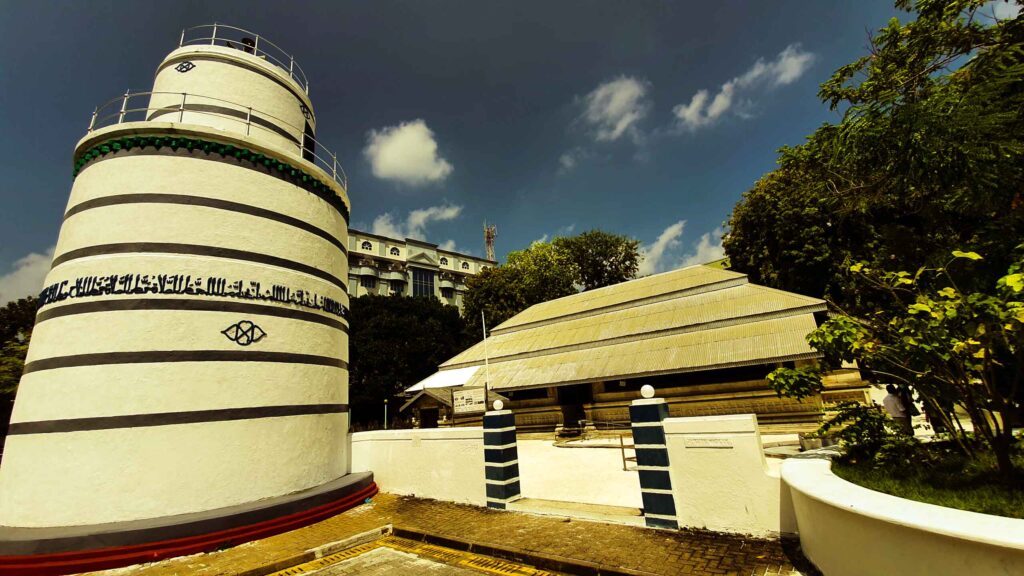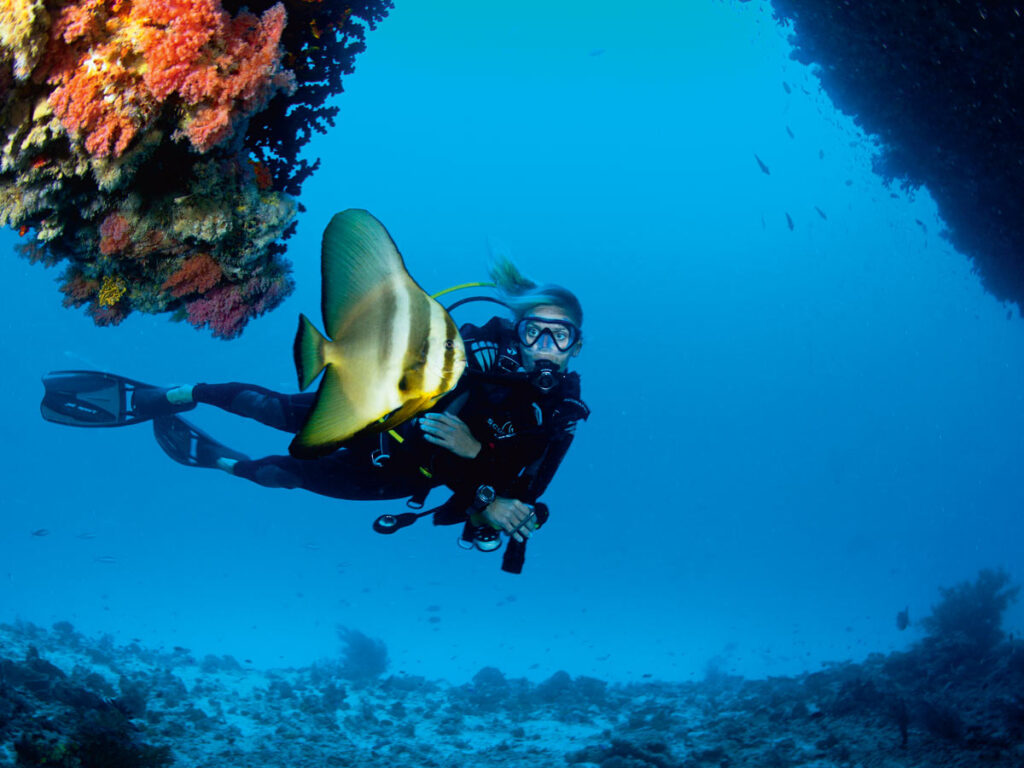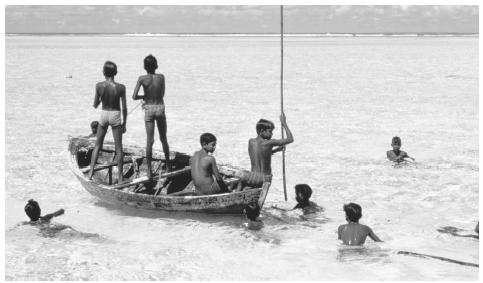The Maldives, a captivating archipelago scattered across the azure expanse of the Indian Ocean, hides within its pristine waters and sandy shores a history as diverse and enchanting as its vibrant marine life. Though much of its past remains veiled in the mists of time, the echoes of ancient civilizations, trade routes, and religious metamorphoses resonate through the islands.

Archeological marvels suggest that the Maldives welcomed its first inhabitants as early as 1500 BC. The sprawling ruins and artifacts unearthed across the atolls narrate a tale of ancient seafarers stumbling upon these paradisiacal shores. By 500 BC, Aryan immigrants from the Indian subcontinent established permanent settlements, bringing with them customs, traditions, and Dravidian influences that endure in Maldivian culture today.
The strategic positioning of the Maldives along ancient trade routes made it a natural haven for weary travelers. Chronicles from Chinese historian Ma Huan to the renowned Arab explorer Ibn Batuta offer precious glimpses into the islands’ formative years. Legends even weave stories of Maldivian emissaries reaching the Roman Emperor, a testament to the archipelago’s far-reaching connections.


Today, Islam weaves the defining thread of Maldivian identity. Though shrouded in legend, the arrival of Islam is often credited to Moroccan scholar Abu Barakaat Yusuf Al-Barbaree or Tabriz scholar Sheikh Yusuf Shamsuddin. Despite debates surrounding the exact details, Islam has undoubtedly left an indelible mark on the Maldivian landscape, shaping its social fabric, arts, and architecture.
While Islam holds sway, echoes of the past linger in the form of ancient temples and churches scattered across the islands. These structures stand as silent testaments to the once-diverse religious tapestry of the Maldives. Though their origins remain a mystery, their presence speaks volumes about the historical tolerance and acceptance that thrived in these island communities.

Maldivian culture is a delectable blend of influences—a melting pot of flavors reminiscent of its diverse curries. From the rhythmic beats of the Bodu Beru to the intricate designs of lacquerware, hints of India, Sri Lanka, and even Africa dance through the Maldivian soul.
Today, the Maldives stands as a vibrant nation where ancient traditions seamlessly coexist with contemporary life. Skyscrapers grace Male’s skyline, while fishermen cast their nets in age-old wooden dhonis. As the world discovers the enchantment of these islands, the Maldives grapples with the challenge of balancing progress with preserving its unique and storied heritage.

The Maldives is more than a postcard-perfect tourist destination. It is a living, breathing museum where whispers of the past intertwine with the rhythm of the present. As you wander through sandy streets and delve into turquoise waters, remember – this is not just a vacation; it’s a journey into a timeless tapestry woven from ancient myths, diverse cultures, and the unyielding spirit of the sea.



